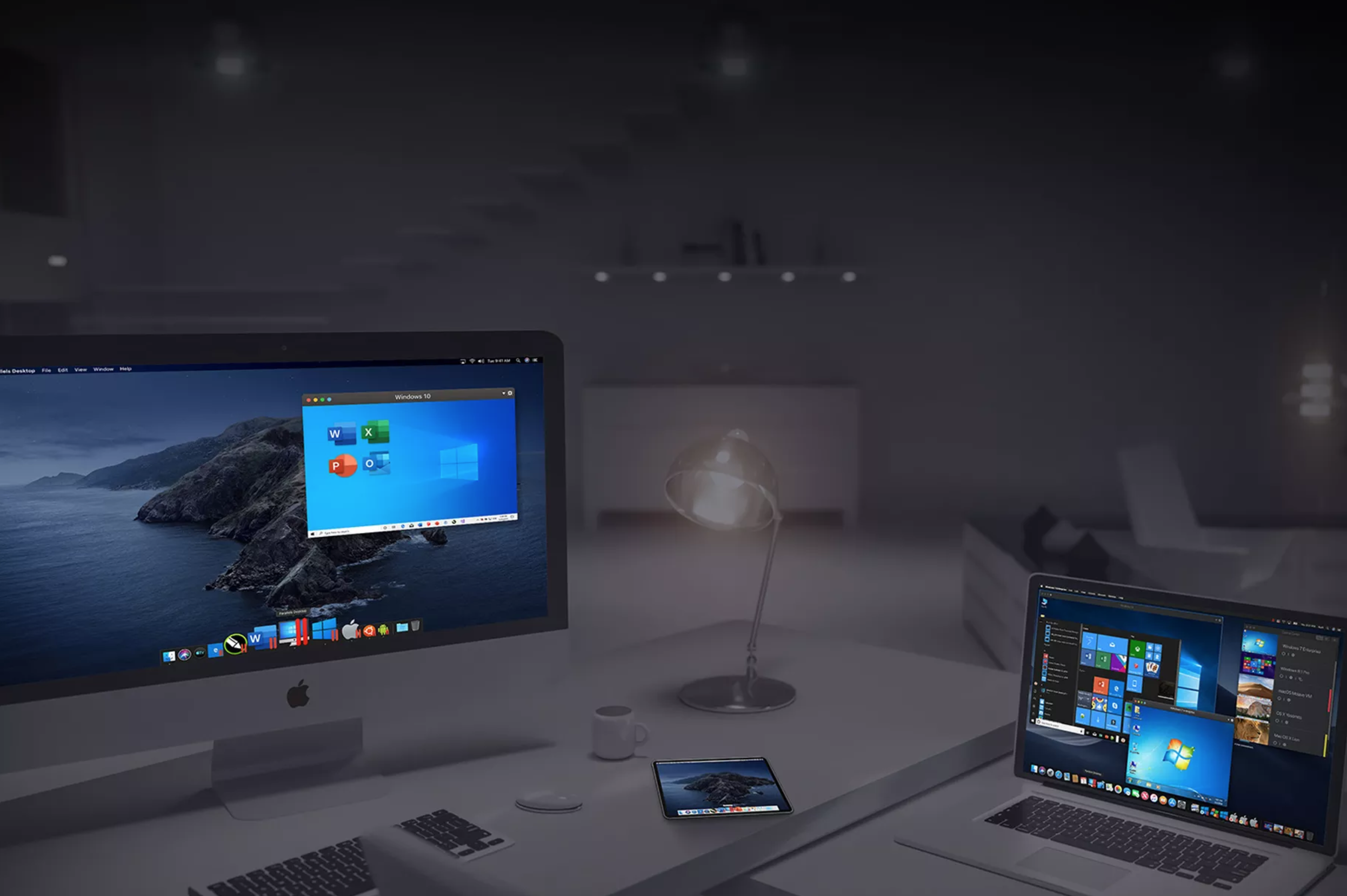

I also have a considerable number of Access/SQL Server applications I look after, all those these are generally coded directly on clients machines and the need to replicate locally is rare, it would however be useful. However I do have a couple of legacy Delphi 6 systems (and I'm considering a Delphi 2009 upgrade) and one. My specific development requirements are that all my clients are predominantly PC based and over two thirds of my development work is now web based anyway. but I'd appreciate any advice from anyone who has taken a similar approach - is it feasible and robust enough for general day to day development work? On the face of it this has a lot of attractions - clean development environments etc. The new Mac Minis appear to have dual screen support, and I'm wondering about replacing the PC box with a fully spec'ed (4Gb Ram, 2.3Ghz processor) Mac mini and mounting Parallels VM environments for development. My laptop is a reasonably new Macbook and I've been using Parallels to mount a Virtual XP system on it for some time and have been pretty impressed. Its a dual screen setup with 24" and 19" monitors. You can even enable this feature in the the free version of Parallels, called Parallels Desktop Lite, so any Mac-owning Linux fans who want to give this a try don’t even need to pay for Parallels.My main Windows development PC, running Vista Business, is getting a little long in the tooth and I'm considering replacement. RELATED: How to Make Linux and macOS Virtual Machines for Free with Parallels Lite Here’s how it looks on my desk with Ubuntu. Multiple displays aren’t just for Windows: the feature works with any virtual machine you can get up and running in Parallels. You may occasionally lose track of a Windows program and feel confused, which is probably why Parallels doesn’t make this the default, but it’s good to have the option. To make Parallels behave like the rest of your programs, head back to the virtual machine’s settings and toggle the “Activating virtual machine shows all its spaces” option we talked about earlier. If you use the default Mission Control settings, you likely won’t even notice this happening, but if you’ve enabled the “Displays have seperate spaces” option in Mission Control, this can be jarring. RELATED: Mission Control 101: How to Use Multiple Desktops on a Macīy default, switching to Windows on one display will also switch the other display over. You can switch back and forth between Windows and macOS in Mission Control. The virtual machine will launch in full screen on both displays. Once you’ve changed the settings, start up your virtual machine, then click the green Full Screen button.


 0 kommentar(er)
0 kommentar(er)
